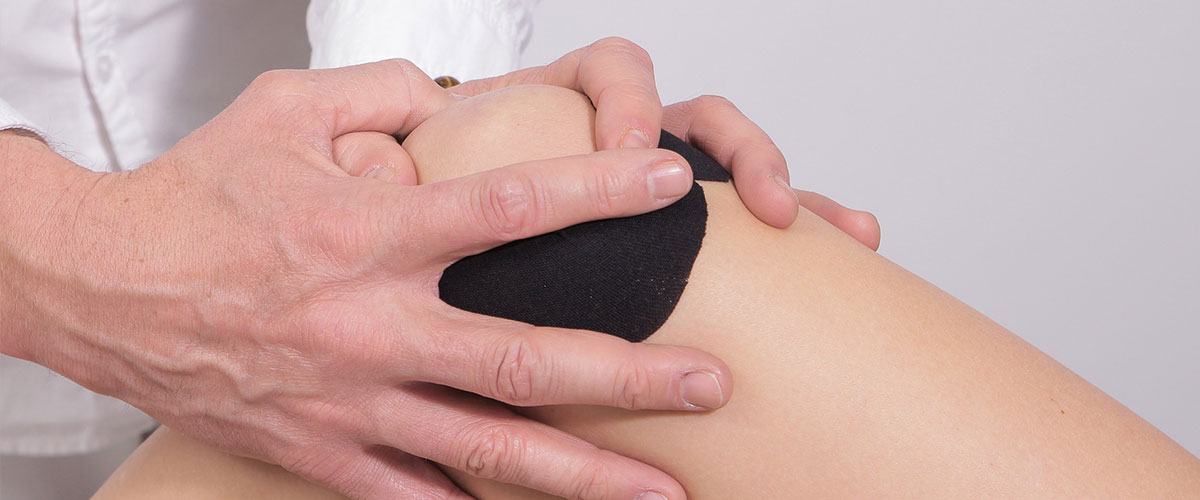
Misconceptions Of Pain Management
Barring injury, exercise-induced pain generally falls into three distinct categories: muscle pain, soreness or cramps.
Muscle pain is often experienced during exercise or immediately following a training session. When you exercise at an intensity which your body is not used to, your muscles may begin to fatigue. Your body is working at higher intensities that may prevent muscles from getting enough oxygen. This lack of oxygen prevents the conversion of lactic acid to pyruvate within the muscle cells.
Soreness is often caused by delayed onset muscle soreness or DOMS, an inflammatory response to micro-tears in muscle fibers experienced during intense training. Delayed onset muscle soreness peaks 24-48 hours after strenuous exercise. Soreness may also be accompanied by loss of strength, a reduced range of motion, and elevated levels of creatine kinase, an enzyme found in the heart, brain, skeletal muscle.
Pain caused by muscle cramps, the sudden, intense, electrically active contractions believed to be caused by motor neuron hyperexcitability. Once thought to be caused solely by fluid electrolyte imbalance induced by sweating, cramps may be caused by poor blood circulation, muscle fatigue, dehydration or magnesium and potassium deficiency.
When experiencing exercise induced pain, many trainees may choose to follow popular myths and misconceptions in an effort to relieve their pain, including:
- If a muscle hurts, stretch it. Stretching may have been more effective if you had stretched before exercise, not after the damage is done. Nearly 90% of exercise enthusiasts OVERSTRETCH an injury when it may be more effective to relax the affected muscle. Muscle relaxation techniques like progressive muscle relaxation (PMR) may be more effective.
- If a muscle hurts, use a heat pack. Your sore and painful muscles are most likely filling with fluids as part of your body’s healing inflammatory response. Heat will only increase the swelling, pressure and pain, and you should never apply heat to an injured joint that is already hot, red, swollen and irritated.
- All I need is comfortable shoes. Yes, exercise (and especially walking, jogging or running) requires comfortable shoes, but comfortable may mean worn out. Worn out shoes do not provide the support, control or cushioning you need to exercise without pain or injury. This applies to your daily footwear as well.
